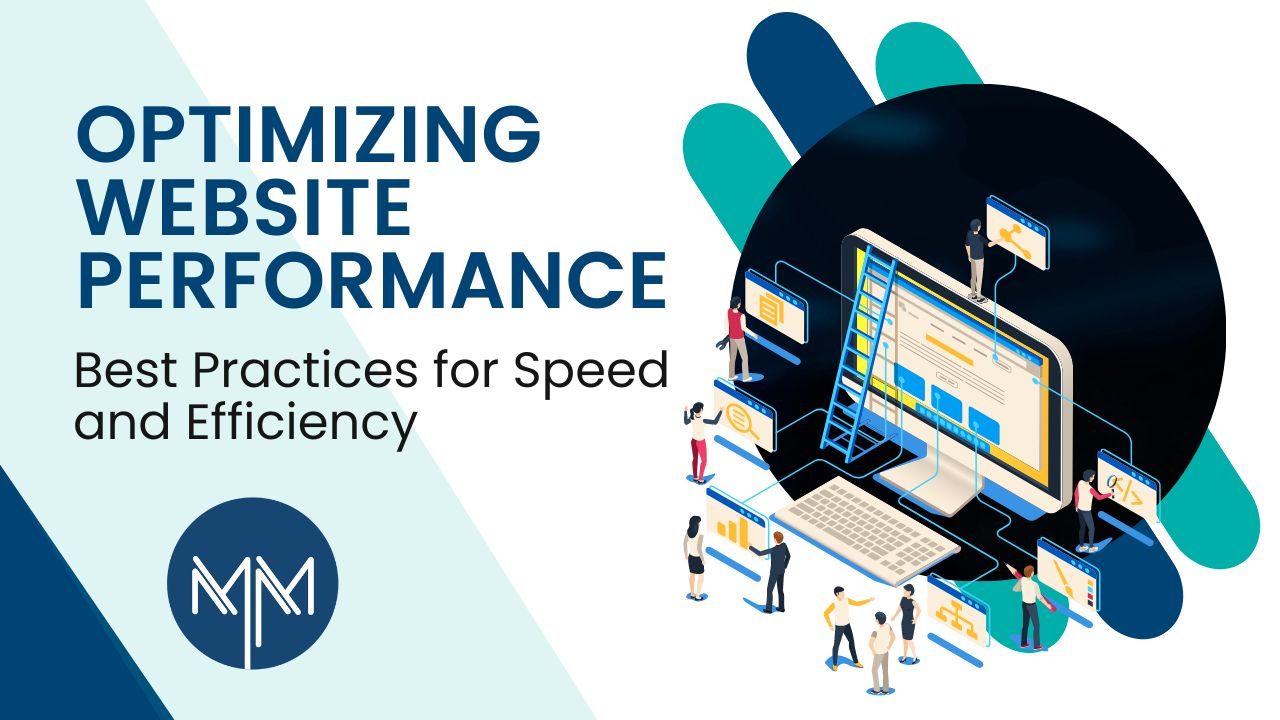Buzz Haven: Your Daily Dose of News
Stay informed and entertained with the latest buzz in news, trends, and insights.
Speed Demons: Why Your Website Shouldn't Crawl
Unleash your website's potential! Discover why speed matters and how to avoid crawl pitfalls for optimal performance and user engagement.
The Impact of Slow Loading Times on User Experience
In today's fast-paced digital world, slow loading times can significantly hinder user experience. Research shows that users expect a webpage to load in under three seconds; any delay beyond this threshold can lead to frustration and an increased likelihood of abandoning the site altogether. Slow loading times not only affect the immediate interaction but can also tarnish a brand's reputation. A seamless and speedy browsing experience is essential for keeping users engaged and returning for future visits.
Furthermore, slow loading times can negatively impact a website's search engine ranking. Search engines, like Google, prioritize fast-loading sites, making speed an essential component of SEO strategy. Websites that load slowly may find themselves facing a higher bounce rate and lower conversion rates. In summary, addressing slow loading times is not just a technical necessity but a vital aspect of enhancing overall user satisfaction and improving online success.

How to Optimize Your Website for Lightning-Fast Speeds
In today's digital landscape, optimizing your website for lightning-fast speeds is crucial for enhancing user experience and improving your search engine rankings. Start by evaluating your site's performance using tools like Google PageSpeed Insights or GTmetrix. These tools provide insights into areas that need improvement. One fundamental step is to minimize HTTP requests by reducing the number of elements on your pages, including images, scripts, and stylesheets. Additionally, implement caching strategies, such as browser caching and server-side caching, to allow browsers to store a copy of your website's static resources, significantly speeding up load times for returning visitors.
Another effective method for achieving lightning-fast website speeds is optimizing images and files. Ensure that your images are appropriately sized and compressed without sacrificing quality, as large image files can slow down your site dramatically. Utilize modern formats like WebP and implement lazy loading to enhance performance, loading images only when they are in the viewport. Furthermore, consider using a Content Delivery Network (CDN) to distribute your content globally, reducing the distance data must travel to reach users. By following these essential optimization techniques, your website will not only load quicker but will also likely see an increase in visitor retention and conversion rates.
Crawling vs. Indexing: What You Need to Know for SEO Success
Crawling and Indexing are two fundamental processes that search engines use to navigate and organize the web. Crawling refers to the way search engine bots (also known as spiders or crawlers) discover new and updated pages on the internet. These bots follow links from one page to another, effectively mapping out the vast landscape of online content. Understanding how crawling works is crucial for website owners, as it directly impacts how well their content can be found and represented in search results.
Once a page is crawled, it must also be indexed for it to appear in search engine results. Indexing is the process of categorizing and storing the crawled content in the search engine's database, allowing it to be retrieved when users search for relevant information. If a page is not indexed, even the most optimized content will be invisible to potential visitors. To ensure your pages are both crawled and indexed effectively, consider optimizing your site’s structure, utilizing XML sitemaps, and submitting your content to search engines via webmaster tools.